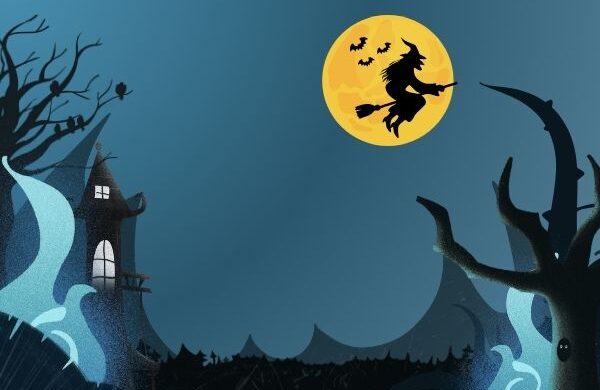What is an Opera?
Opera is a term used to describe both a genre of music AND, in a broader sense, something dramatic, emotional, and larger-than-life. Opera has been around for centuries and performed in dozens of languages. At one time in history, it was considered by many to be the most important form of music.
Have you ever seen an opera? Maybe you’ve seen opera represented in film or TV…
Let’s get to know the opera and learn about some of its most important features.
Terms to Know:
Theater – a live performance of storytelling, involving actors, spoken dialogue, sets, and costumes.
Overture – the introductory music for an opera performed by the orchestra.
Aria – a song written for solo voice within an opera.
Duet – a song written for two voices to sing together.
Vibrato – a style of singing used in opera in which the voice “vibrates” between two pitches.
What is an Opera?
Opera is a combination of theater and music. It is typically performed in theaters, like plays or musicals, and has a set, staging, scenery, and costumes. However, instead of speaking lines, performers sing them, accompanied by an orchestra. Because the dialogue is sung and is accompanied by orchestra, opera is highly dramatic.
Opera was invented in the early 1600s in Italy. Over time, it became a popular form of entertainment all over the world. Because of its ties to Italy, many terms are in Italian, such as aria and vibrato. Many operas are written in Italian as well, in addition to German, French, Spanish, Czech, Russian, English, and many more languages.
You might notice that opera singers have a distinct style of singing. This is through the use of vibrato. Vibrato comes from the Italian word “vibrare,” meaning “to vibrate.” Singing with vibrato sounds like a wavy line, as though the voice is wavering between two pitches. While vibrato may sound like the singer is manipulating their voice to make the waves, vibrato is actually the result of the vocal cords smoothly coming together and is 100% natural.
Famous Moments in Opera
Overture for The Marriage of Figaro by W. A. Mozart
An overture is played at the beginning of an opera before anything happens on stage. It’s an opportunity for the orchestra to introduce the music for the show and give you a sense of the story told entirely through music.
One of the most famous overtures is from Mozart’s The Marriage of Figaro. The opera is full of funny moments, pranks, mischief, as well as romance. The music from this overture gives us a sneak peek at the story to come. What stories do you imagine happening when you listen to this music?
“Caro nome” (Sweet Name) from Rigoletto by Giuseppe Verdi
An aria’s relationship to an opera can be compared to a song’s relationship to an album. An aria is a moment for the singer to express emotions, work through a significant plot point, and connect with the audience.
In “Caro nome” (Sweet Name) from Verdi’s Rigoletto, the character “Gilda” is a young woman who sings in Italian of her love for the Duke, who she has recently met and becomes infatuated with. In essence, this aria is a love song full of tenderness and vulnerability.
“Flower Duet” from Lakmé by Léo Delibes
In an opera, a duet serves many purposes. It’s an opportunity for two characters to sing about love, friendship, conflict, and more. Like arias, duets are a moment to express the emotions and explore the two character’s relationship with each other.
In the famous “Flower Duet” from Lakmé (pronounced LAHK-may), a Hindu priest’s daughter and her companion are walking down to the river to bathe. Along the way, they gather flowers and sing about the floral beauty that surrounds them. Unlike Rigoletto, this opera is written in French.
“Les voici! Voici la quadrille!” (Here they are! Here is the quadrille!) from Carmen by Georges Bizet
Choruses (large groups of singers) are very important in an opera. They typically represent background characters in the opera’s story and sing some of the most important moments of the performance. Songs for chorus within an opera help make the stories told more realistic and add important commentary to the scenes they’re in.
“Les voici! Voici la quadrille!” (Here they are! Here is the quadrille!) from Carmen by Georges Bizet is a lively chorus involving children. The people of the town are gathering outside a bullfight in Spain (though the opera is sung in French). The crowd is waiting to greet the famous matador Escamillo and his entourage (the “quadrille”).
If you’d like to keep learning about opera, check out this blog post: Melodic Voices: Five Black Opera Singers.
Lastly, you can keep up with all our music terms blog posts here.



